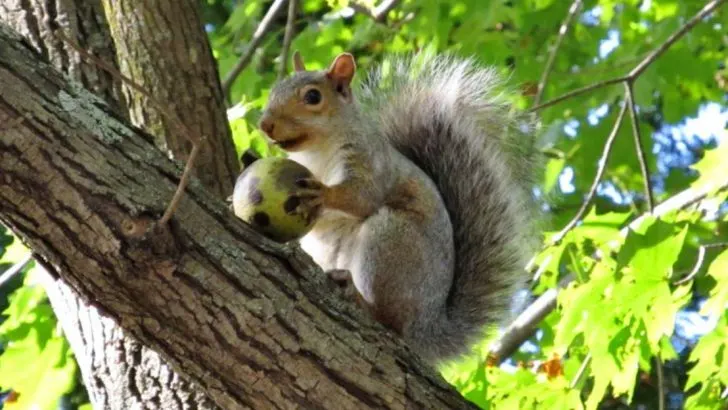As gardening trends evolve, wildscaping has emerged as one of the hottest trends for 2025. This eco-friendly gardening style embraces natural, sustainable practices that celebrate native plants, wildlife, and biodiversity. Instead of perfectly manicured lawns, wildscaping encourages creating habitats that thrive on their own, attracting pollinators, birds, and other beneficial creatures.
In this article, we’ll guide you through wildscaping your April garden step-by-step. From choosing native plants to creating wildlife-friendly features, this guide will help you transform your garden into a beautiful, sustainable oasis. If you want to embrace the future of gardening, wildscaping is the perfect way to connect with nature and foster a thriving, eco-friendly garden.
Selecting Native Plants
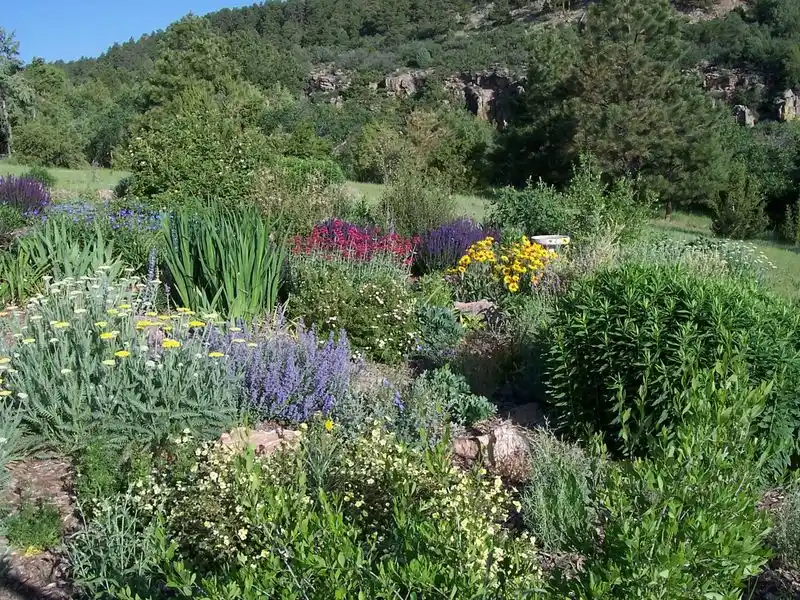
Choosing plants that are native to your region can make a world of difference. Native species are adapted to local conditions, requiring less water and care, making them environmentally friendly. They provide vital resources for local pollinators like bees and butterflies. When selecting, consider a mix of perennials that will offer color throughout the season. This not only supports wildlife but also ensures a vibrant garden display. Research local plant nurseries or extension offices for guidance on species that thrive in your area. A well-chosen selection of native plants can be both practical and visually pleasing.
Creating Water Features

Incorporating a water feature can enhance your garden’s appeal and functionality. Small ponds or birdbaths attract a variety of wildlife, from amphibians to birds seeking a refreshing drink. Water features can be as simple or elaborate as you desire. Ensure they are safe and accessible for wildlife by providing sloped edges for easy access. Adding aquatic plants around your water feature can help maintain water quality and provide extra habitat. It’s a delightful way to encourage a thriving ecosystem while adding a tranquil element to your garden.
Designing Natural Pathways

Paths woven through your garden invite exploration while protecting delicate plantings. Use natural materials like stone or wood chips to create them. These pathways help guide foot traffic and minimize soil compaction. Natural paths also blend seamlessly with the garden environment, adding a rustic charm. Consider planting low-growing native plants alongside the path to soften edges and integrate the design with nature. Paths not only structure your garden but also offer a personal journey through your wildscape, providing both function and beauty in every step.
Plant a Mushroom Kingdom
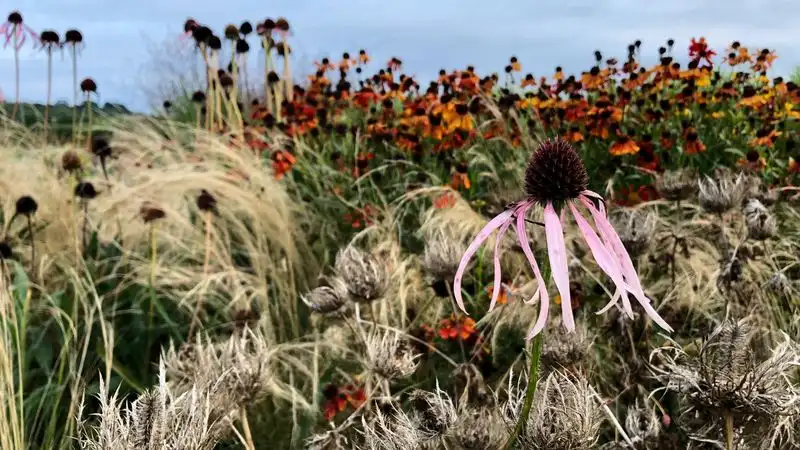
Turn a shady corner of your garden into a mushroom kingdom. Mushrooms not only add a mystical touch but also contribute to soil health. Start with easy-to-grow varieties like shiitake or oyster that thrive in damp, shaded areas.
Install logs or wooden blocks as growing platforms, ensuring they remain moist. This micro-habitat will attract beneficial insects and wildlife.
Remember, mushrooms are not just ornamental; they can be a delicious addition to your kitchen. Ensure you research and stick to edible varieties to avoid any toxic surprises.
Introduce a Bird Bistro
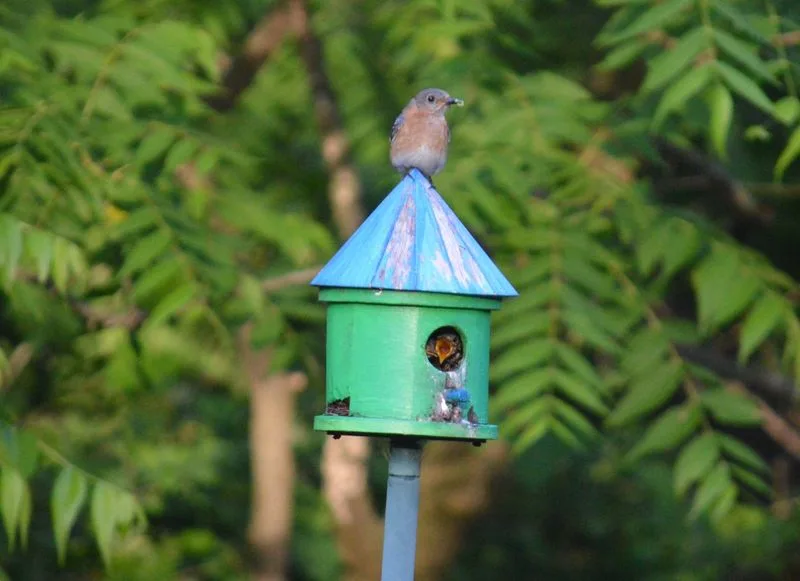
Create a bird bistro in your garden to attract feathered friends. Use a mix of feeders to cater to different species—seed feeders for sparrows, nectar for hummingbirds, and fruit for thrushes.
Hang the feeders at varying heights to mimic a natural environment. Regularly clean and refill them to keep your avian visitors happy.
Encouraging birds not only enhances biodiversity but also helps with pest control. Their songs will add a delightful soundtrack to your mornings. Enjoy watching them flit and play as you sip your coffee.
Establish a Bee Hotel
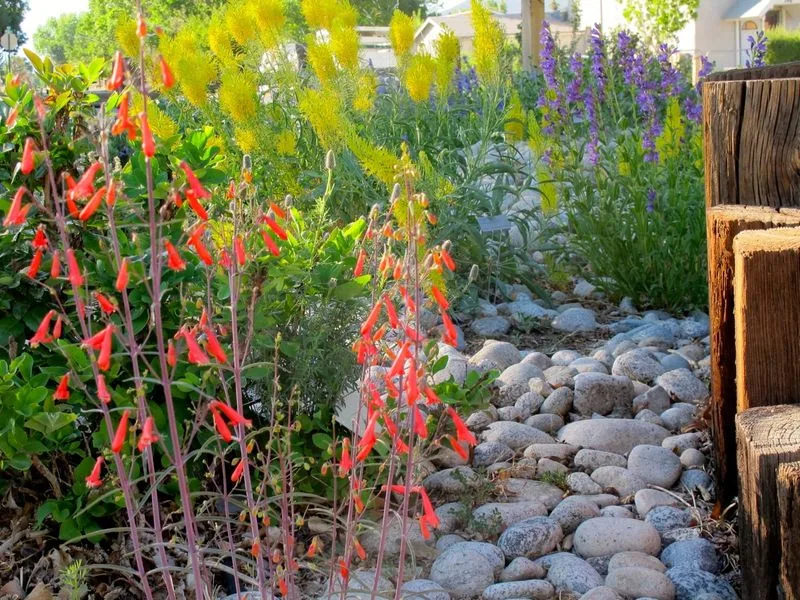
Set up a bee hotel to support solitary bees, crucial pollinators in your garden. Construct your hotel using wood, bamboo canes, or hollow stems; place it in a sunny spot.
Ensure the hotel is protected from rain to keep its residents dry. These hotels provide nesting sites for bees that don’t live in hives.
By offering a home to these pollinators, you’ll boost plant reproduction and biodiversity. Monitor the hotel, and you’ll soon see these industrious guests buzzing around, contributing to your garden’s health and vibrancy.
Create a Toad Abode
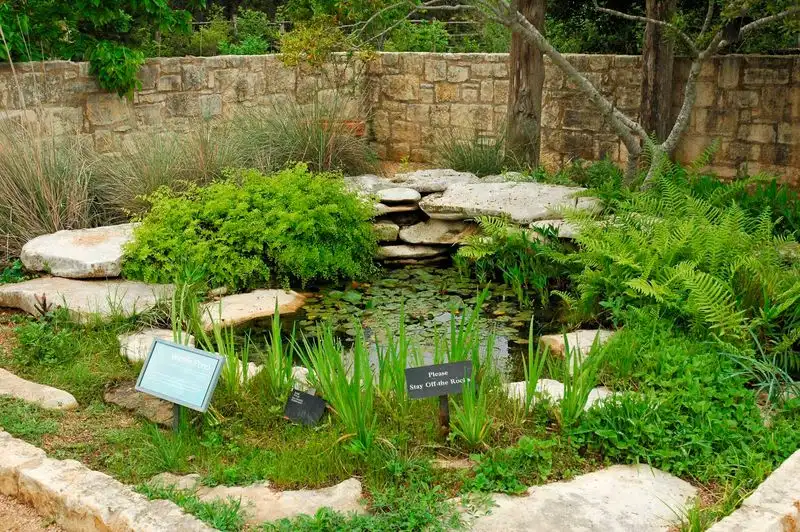
Invite amphibians like toads by building a toad abode. Use overturned clay pots or hollow logs to create shelters in moist, shaded areas of your garden.
Toads are natural pest controllers, feasting on slugs and insects. Position the abodes near a water source to ensure their comfort.
These habitats add a charming rustic touch and support wildlife diversity. Regularly check for signs of inhabitants and enjoy the benefits of having these delightful creatures as part of your garden ecosystem. Toads are low-maintenance guests that make a big impact.
Hang a Bat Hammock
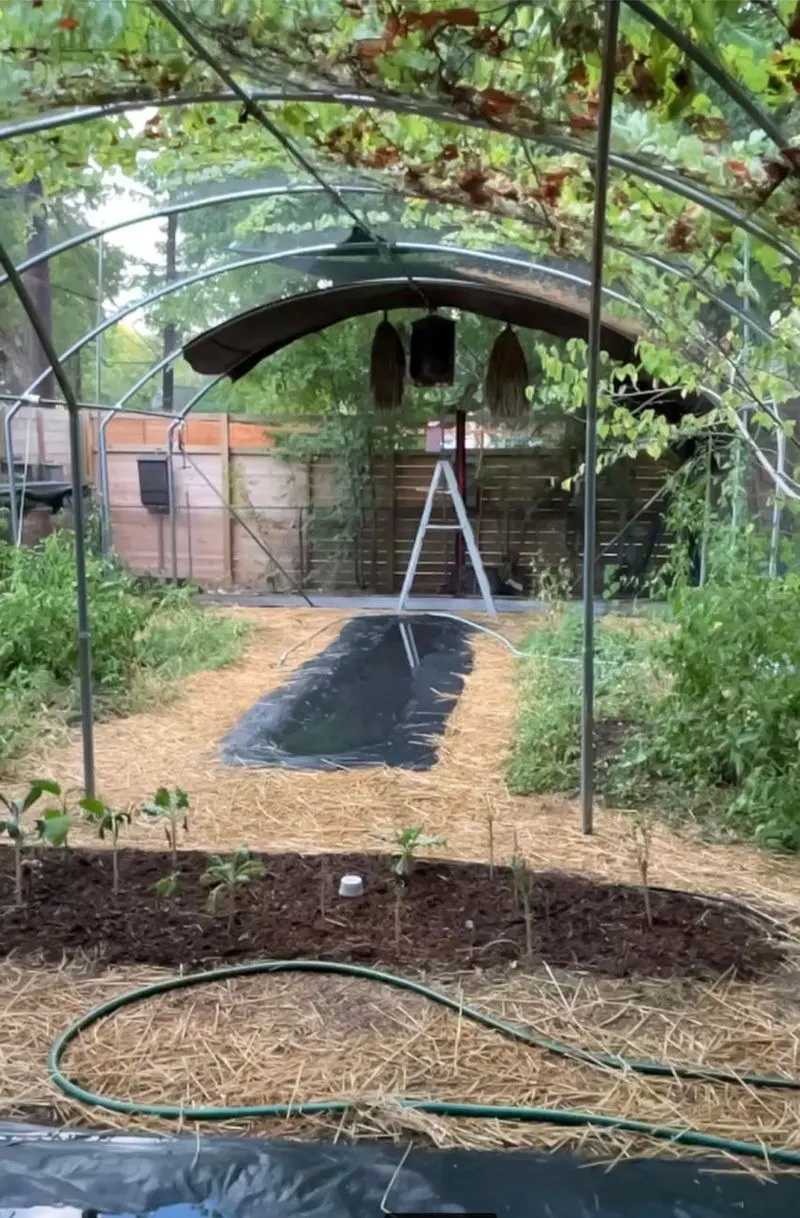
Encourage bats by hanging a bat hammock. These flying mammals are excellent for pest control, consuming large numbers of insects each night.
Install the hammock in a quiet, undisturbed area, ensuring it’s high enough off the ground. Bats prefer locations away from artificial lights.
By fostering a bat-friendly environment, you contribute to ecological balance. Bats’ unique presence adds intrigue to your garden. Watch them emerge at dusk, providing natural entertainment and enhancing your garden’s biodiversity. They’re fascinating and effective nocturnal allies.
Set Up a Squirrel Playground
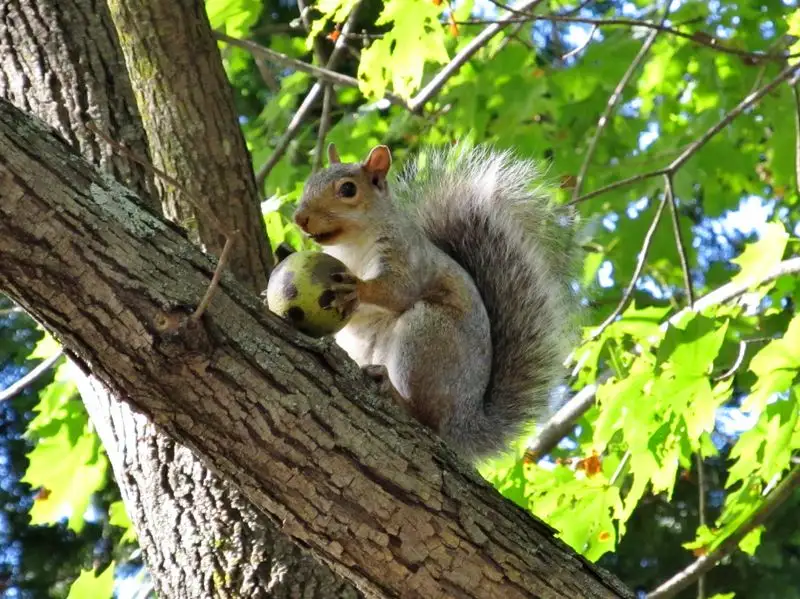
Transform your garden into a mini adventure park for squirrels. Use ropes, swings, and platforms to create a fun playground. Squirrels help with seed dispersal, enhancing plant diversity.
Ensure the playground is sturdy and safe, with plenty of climbing opportunities. It adds an element of whimsy and movement to your garden.
Watching squirrels navigate their playground provides endless entertainment. Just remember to keep areas squirrel-safe from potential predators. This playful addition brings joy to both wildlife and human observers alike.
Cultivate a Butterfly Meadow
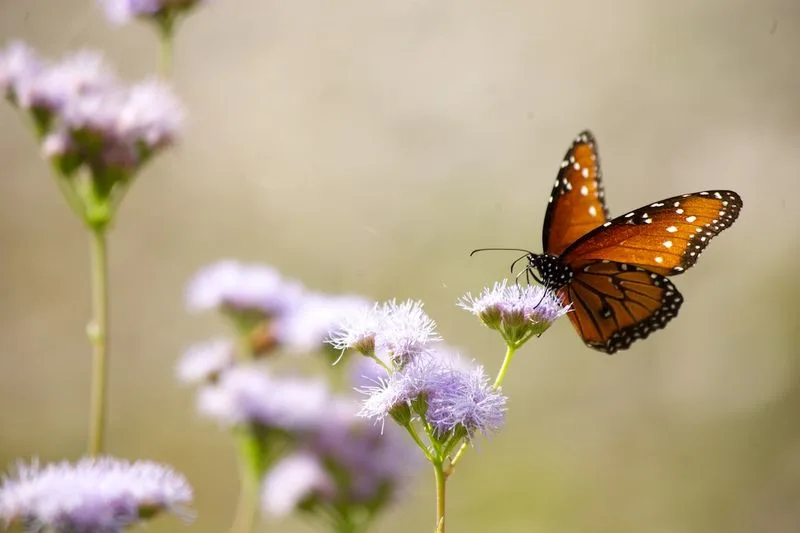
Cultivate a butterfly meadow to attract these delicate pollinators. Plant native wildflowers like milkweed and coneflower, which provide nectar and breeding grounds.
Position the meadow in a sunny location to maximize flower blooms. Butterflies enhance the garden’s visual appeal and biodiversity.
Their graceful presence adds a magical touch, turning your garden into a living painting. Regularly deadhead flowers to encourage continuous blooming. Enjoy the sight of butterflies flitting from flower to flower, adding beauty and life to your wildscaped garden.

